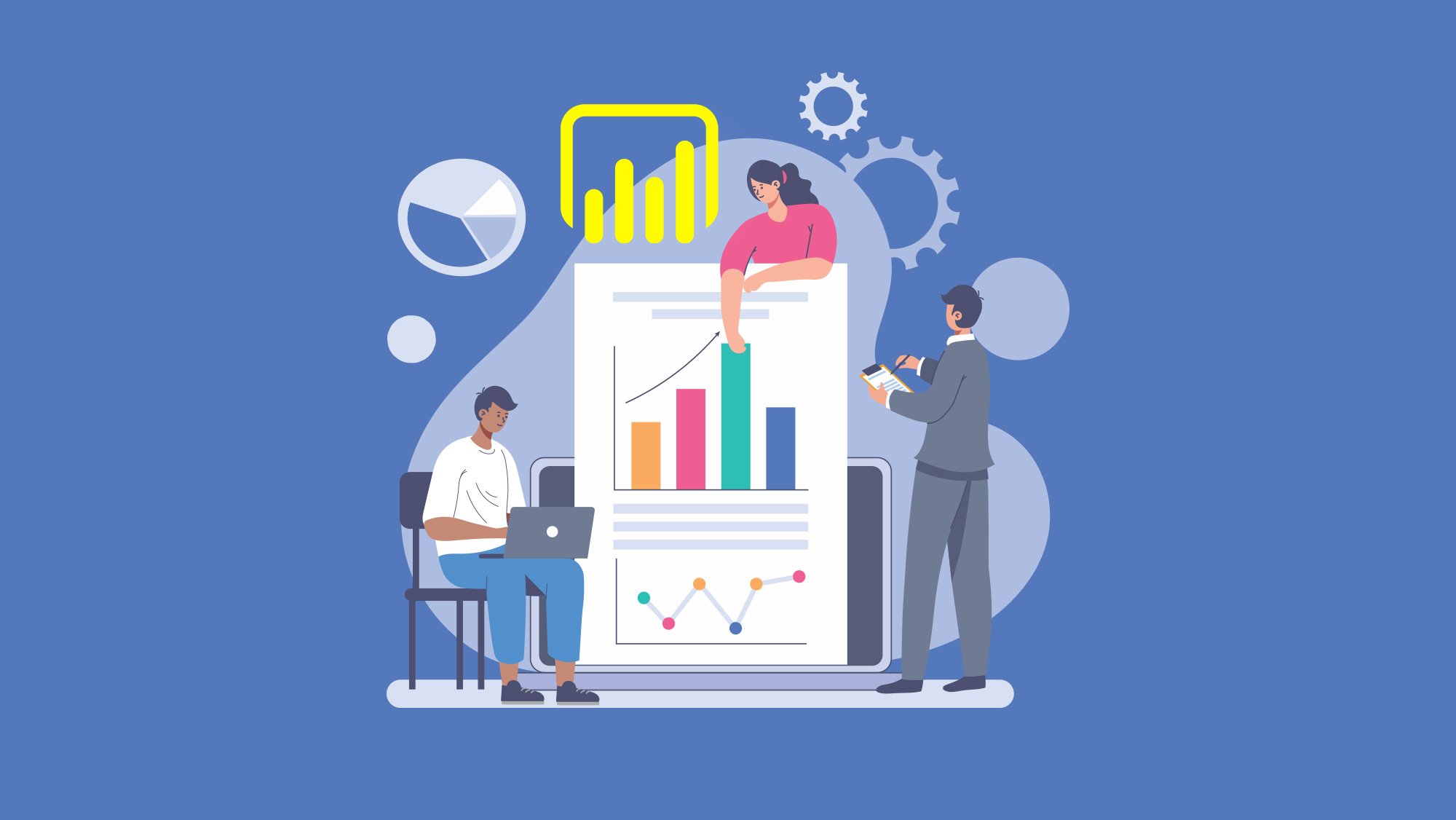
If you're looking for a powerful business intelligence tool to help you gain insights from your data, Power BI is an excellent choice. With its easy-to-use interface and robust capabilities, Power BI can help you visualize and analyze your data in real-time. In this guide, we'll cover everything you need to know to get started with Power BI.
To start using Power BI, you'll need to connect it to your data sources. Power BI supports a wide range of data sources, including Excel spreadsheets, SQL Server databases, and cloud-based services such as Salesforce and Google Analytics. You can connect to your data sources using the Power BI Desktop or the Power BI service.
Once you've connected your data sources, you'll need to create a data model. A data model is a representation of your data that enables you to analyze it in Power BI. You can create your data model using the Power BI Desktop or the Power BI service. In your data model, you'll define the relationships between your data tables, create calculated columns and measures, and apply filters to your data.
After creating your data model, you can start designing your reports and dashboards. Reports are visualizations of your data that provide insights into your business metrics. Dashboards are a collection of reports that enable you to monitor your key performance indicators (KPIs) in real-time. Power BI provides a wide range of visualizations, including charts, tables, and maps, that you can use to create your reports and dashboards.
Once you've designed your reports and dashboards, you can publish them to the Power BI service and share them with your colleagues. Power BI provides a range of sharing options, including embedding your reports and dashboards in other applications, such as SharePoint, and sharing them via email or the Power BI mobile app. You can also set up row-level security to control who has access to your reports and dashboards.
In conclusion, Power BI is a powerful tool that can help you gain insights from your data. By following these steps, you can connect your data sources, create your data model, design your reports and dashboards, and publish and share them with your colleagues. With Power BI, you can turn your data into actionable insights that can help you make better business decisions.
These Stories on Power BI
No Comments Yet
Let us know what you think